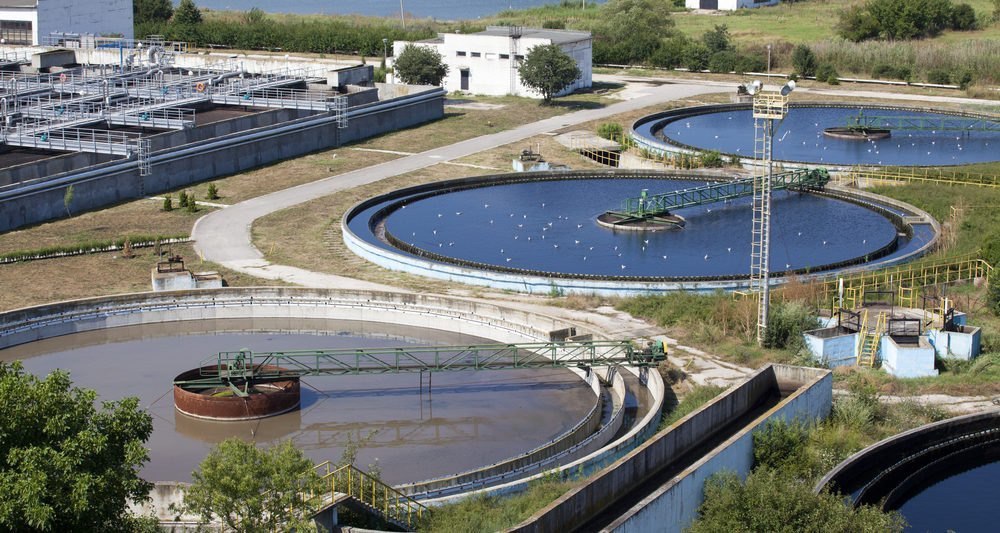What Is Biochemical Oxygen Demand (BOD) in Wastewater Treatment
Introduction:
Biochemical oxygen demand (BOD) is an increasingly important parameter in wastewater treatment that indicates how much dissolved oxygen is needed by aquatic microorganisms to break down organic matter. This technical note seeks to help readers understand BOD, its measurement, and its significance for effective wastewater purification processes.
Indicator of Water Quality:
BOD serves as an indicator of water quality as it reflects the organic pollution levels in wastewater. Elevated BOD levels in discharged wastewater can lead to oxygen depletion in aquatic ecosystems, resulting in adverse effects on aquatic life and ecosystem health. A very clean river may have a BOD of 1 mg/L or less, while water bodies exceeding 8 mg/L BOD are considered highly polluted. When one considers that raw wastewater may have BOD ranging from 200–600 mg/L, it is easy to see why wastewater plants are motivated to optimize their treatment processes for maximum organics reduction and closely monitor the BOD of their effluent.
Environmental Compliance
BOD testing plays a crucial role in assessing the environmental impact of wastewater discharge on receiving water bodies. Regulatory authorities often impose limits on BOD discharge into water bodies to protect public health and the environment. Accurate measurement and management of BOD levels within permissible limits allows wastewater treatment facilities to demonstrate compliance with regulatory requirements and contribute to the preservation of water quality and ecosystem integrity.
Measurement Challenges:
BOD is defined as the amount of oxygen consumed through microbial metabolism in a given sample of water kept at 20°C for five days. A dissolved oxygen sensor is used to measure oxygen concentrations before and after the five-day period, with the difference being BOD expressed in units of milligrams per litre (mg/L). The time-consuming nature of the standard measurement method presents a serious challenge to wastewater operators, since it only provides a single snapshot of BOD from five days ago. This is not highly useful with regards to continuous process control, since raw water conditions may dramatically change within five days.
Estimation by Analogous Methods:
It is not possible to obtain ground-truth measurements of BOD in real-time, but it is possible to measure other water parameters that can be used to estimate BOD. The most common method is the use of ultraviolet absorption (UV254), a real-time optical technique that serves as an indicator of the organics loading of a water sample. Data from this relatively simple technique can be compared over a period of days to weeks with standard laboratory measurements of BOD to establish a site-specific correlation. Such a correlation is extremely useful as it provides a real-time approximation of BOD levels that can be used for process optimization purposes.
BOD measurement is vital in wastewater treatment, serving as an indicator of water quality, an evaluation tool for treatment efficiency, a means of assessing environmental impact, and a metric for regulatory compliance. Through monitoring and management of BOD levels, wastewater treatment facilities can play a significant role in safeguarding public health and the environment. TRITON Standard, ST, and W/S Pro offer different tools for accurately assessing BOD through real-time correlation methods. AUG Signals uses its decades of experience in signal processing and machine learning techniques to continuously improve BOD correlations as new data from multiple sensors becomes available. The end result is a self-learning system that adapts to changing conditions to improve accuracy and reliability on an ongoing basis.
